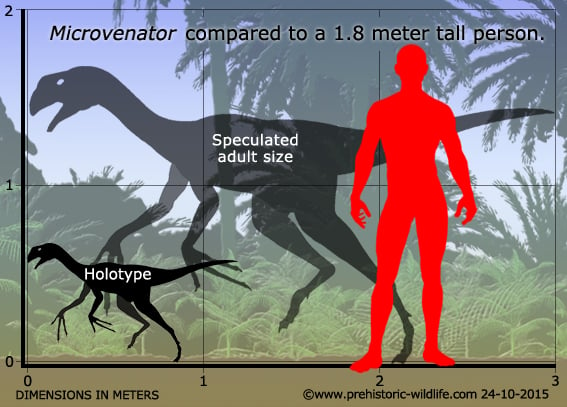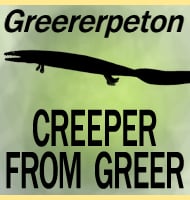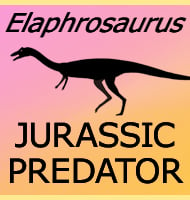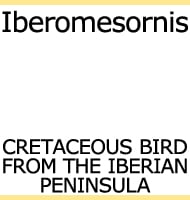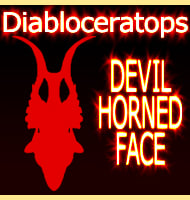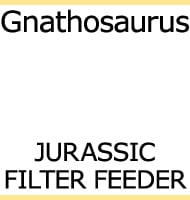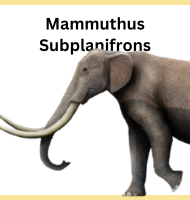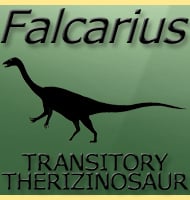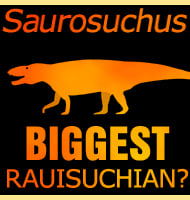In Depth
The holotype individual of Microvenator was first discovered by the famed American palaeontologist Barnum Brown in 1933. Brown noted that the holotype individual had what he thought was a disproportionately large head, and so came up with the name Megadontosaurus. A reference to the large head, but also the teeth found near it. Two problems occurred however. The first is that the teeth attributed to this dinosaur actually came from the dromaeosaurid Deinonychus, one of the more common predatory small theropod dinosaurs living in North America during the later stages of the Early Cretaceous. Second, the name Megadontosaurus was never actually published, meaning it was never recorded as valid.
After studying the partial remains of this dinosaur, another palaeontologist named John Ostrom used this to formally describe the genus Microvenator which means small hunter, a reference to the small body size of the holotype individual. Ostrom also added a tooth (YPM 5366) from a Yale Peabody Museum collection to the genus. Then in 1998 a study by Mackovicky and Sues finally shed some clearer light upon this dinosaur.
Microvenator is now known to have been an oviraptosaurid dinosaur, and since it was living in what is now the USA during the Albian of the Cretaceous, it is at the time of writing the earliest known genus of oviraptosaur that lived in North America. This also explains Browns original interpretation of this dinosaur having an unusually large head. Brown only ever had partial fragmentary remains of the skull and lower jaw to study, so he never knew for certain the true form, but oviraptosaurs generally do have skulls that are larger and bulkier than those seen in other theropod dinosaurs. Oviraptosaurs however usually also have toothless jaws, again confirming that the Deinonychus teeth should not have been included, but also supporting the conclusion by Mackovicky and Sues that the tooth YPM 5366 should not be included in with the genus.
Further Reading
- Stratigraphy and paleontology of the Cloverly Formation (Lower Cretaceous) of the Bighorn Basin area, Wyoming and Montana. - Peabody Museum Bulletin 35:1-234. - J. H. Ostrom - 1970. - Anatomy and phylogenetic relationships of the Theropod Dinosaur Microvenator celer from the Lower Cretaceous of Montana. - American Museum Novitates. Number 3240, 27pp. 27 August 1998. - Peter J. Mackovicky & Hans-Dieter Sues - 1998. - Late Cretaceous oviraptorosaur (Theropoda) dinosaurs from Montana, by D. J. Varricchio. In Mesozoic Vertebrate Life. Indiana University Press, Indianapolis, Indiana, pp 42-57, D. H. Tanke & K. Carpenter (eds) – 2001.
